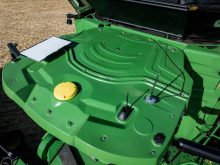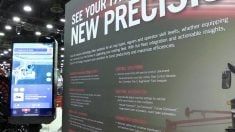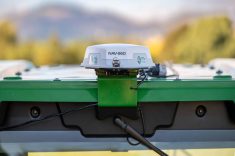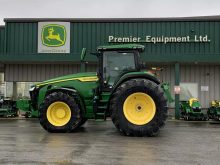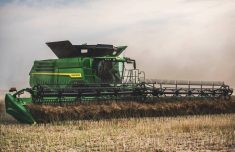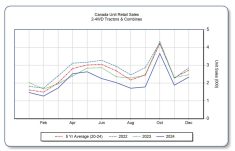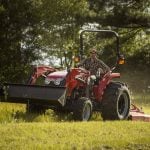Artificial intelligence systems introduced into combine threshing systems enable the machines to automatically self-adjust to minimize losses and improve grain quality without operator input.
Cognitive Agro Pilot’s system differs from the others. Instead of relying on a satellite signal, the system uses a camera to read the terrain ahead and its AI programming decides how to respond to what it sees. Not only does the combine steer itself, but it scans and reacts to its surroundings.
It is expected to be available in Canada later this year.
Read Also
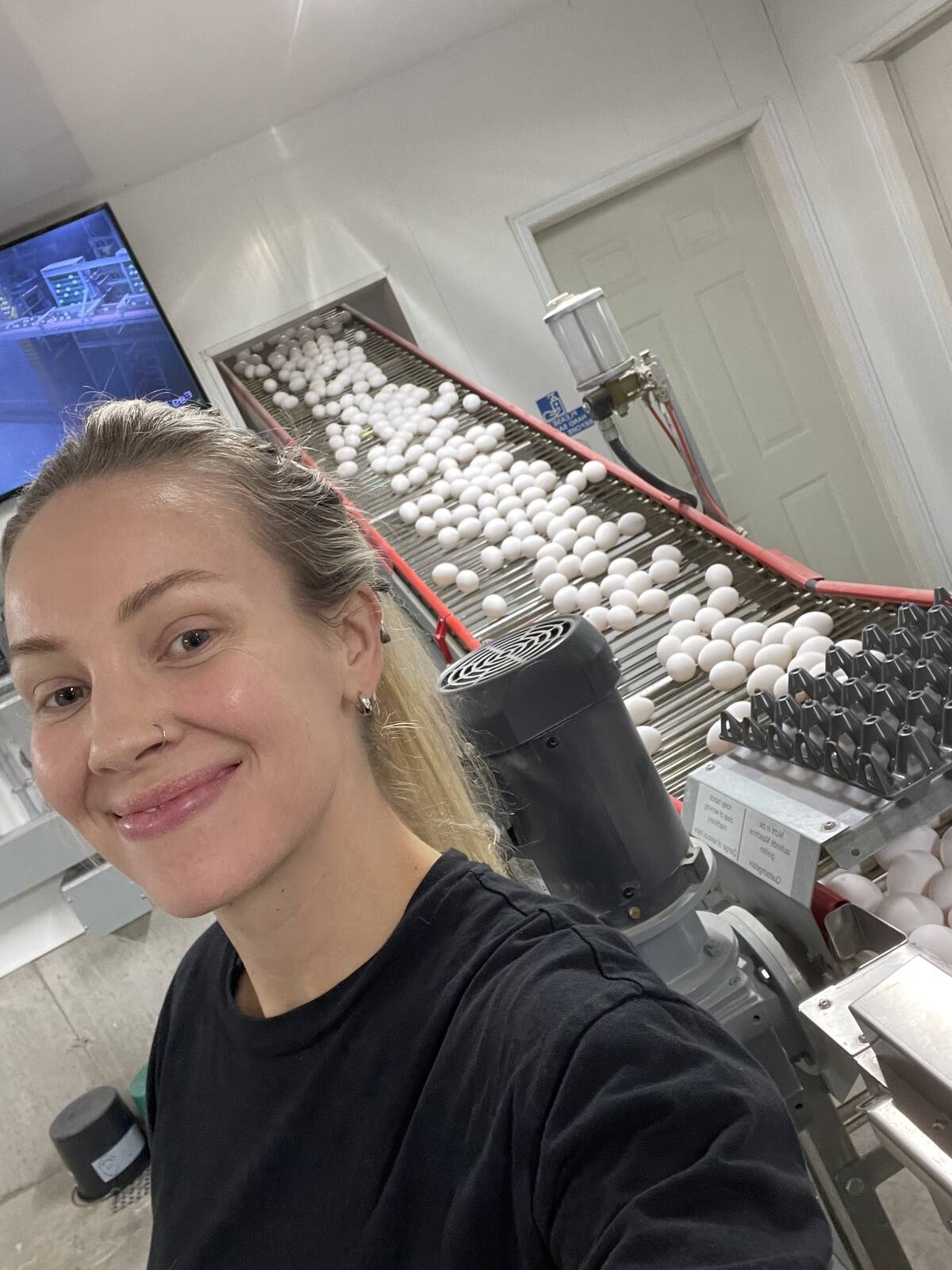
Layer management platform aims to ease record-keeping workload
Timely management of factors influencing egg production can have a significant impact on the ultimate income from a flock.
Cognitive Agro Pilot, an autonomous driving technology joint venture of Sberbank and Cognitive Technologies group of Russia, operates without a satellite signal, making it truly self-reliant. By not relying on GPS, there’s no worry about stoppages or delays when a satellite signal is lost.
“With the use of the system, the combine understands and performs the given functionality by itself,” Olga Uskova, the company’s chief executive officer, said in an email. “Depending on the type of the machine and the class of tasks, the driver may be in the cab or may not.”
She pointed out that because of the complexities of maintaining the correct threshing parameters, an operator may still be needed in the cab to monitor the systems, assuming the machine doesn’t have the kind of cutting-edge AI self-adjustment capabilities that are now appearing on the market in some models. All of the company’s promotional material shows an in-cab operator.
Operators still needed
“So far, combines still need operators,” she said. “However, Cognitive Agro Pilot enables operators to focus more on managing and controlling other harvesting parameters, like the angle of the header, setting up the threshing process and cleaning the grain. The crop edge capture when controlling a harvester with the Cognitive Pilot AI system is stable at no more than 20 centimetres (of overlap).”
The company said so far it has equipped about 350 combines with its system across 30 regions in Russia, and it’s testing it in the United States, China, Brazil and Argentina.

In 2020, combines equipped with the Cognitive Agro Pilot system harvested slightly more than 395,000 acres in a variety of crops that included barley, oats, wheat and soybeans, among others. In all, the machines logged more than 230,000 operating hours, making it a large-scale, first season of commercial use.
“Cognitive Agro Pilot has been actively sold since February 2020,” said Uskova. “But this year, primarily due to restrictions related to COVID-19, we sold the system in the Russian market. In 2021, we will begin active international sales through our dealer network, which we are currently developing. In 2021, our product will be available in Canada as well.”
How it works
The Cognitive Agro Pilot system uses data input from one video camera and “by using a deep learning neural network fine-tuned for agronomic purposes, understands the types and positions of objects facing the machinery, builds movement trajectories, and sends commands to perform maneuvers,” said a company release.
Because the system detects obstacles and humans in the path of the header, and manoeuvres the combine to avoid them, it can prevent accidents that might be caused by fatigued operators.
GPS guidance can’t provide that kind of backup safety margin. That “understanding” of its surroundings also allows a combine to work safely as part of a group of machines in the same field. And it keeps the header close to the crop edge even in lodged crops.
System interface is done through a smartphone or rugged-use tablet. The company said the system can be adapted to tractors or other machines.
“Now, the system works on over 20 types of different combines,” said Uskova. “The system works with harvesters of any brand. The requirements for the equipment are extremely low. If a farmer has some non-standard brand or machine, then our engineers get in touch for additional customization. But the minimum requirement is the presence of a CAN-BUS.”
As the company looks ahead toward global distribution, its eyes are set on Canada.
“Canada is one of the most important markets for us,” she said. “In terms of climate and crops, Canada is very similar to Russia, so we are confident about the high-quality and efficient operation of our system in the fields of Canadian farmers. Estimated price will be about US$10,000.”
To see the system in operation, the company has posted several English language YouTube videos and has a website at cognitivepilot.com.





